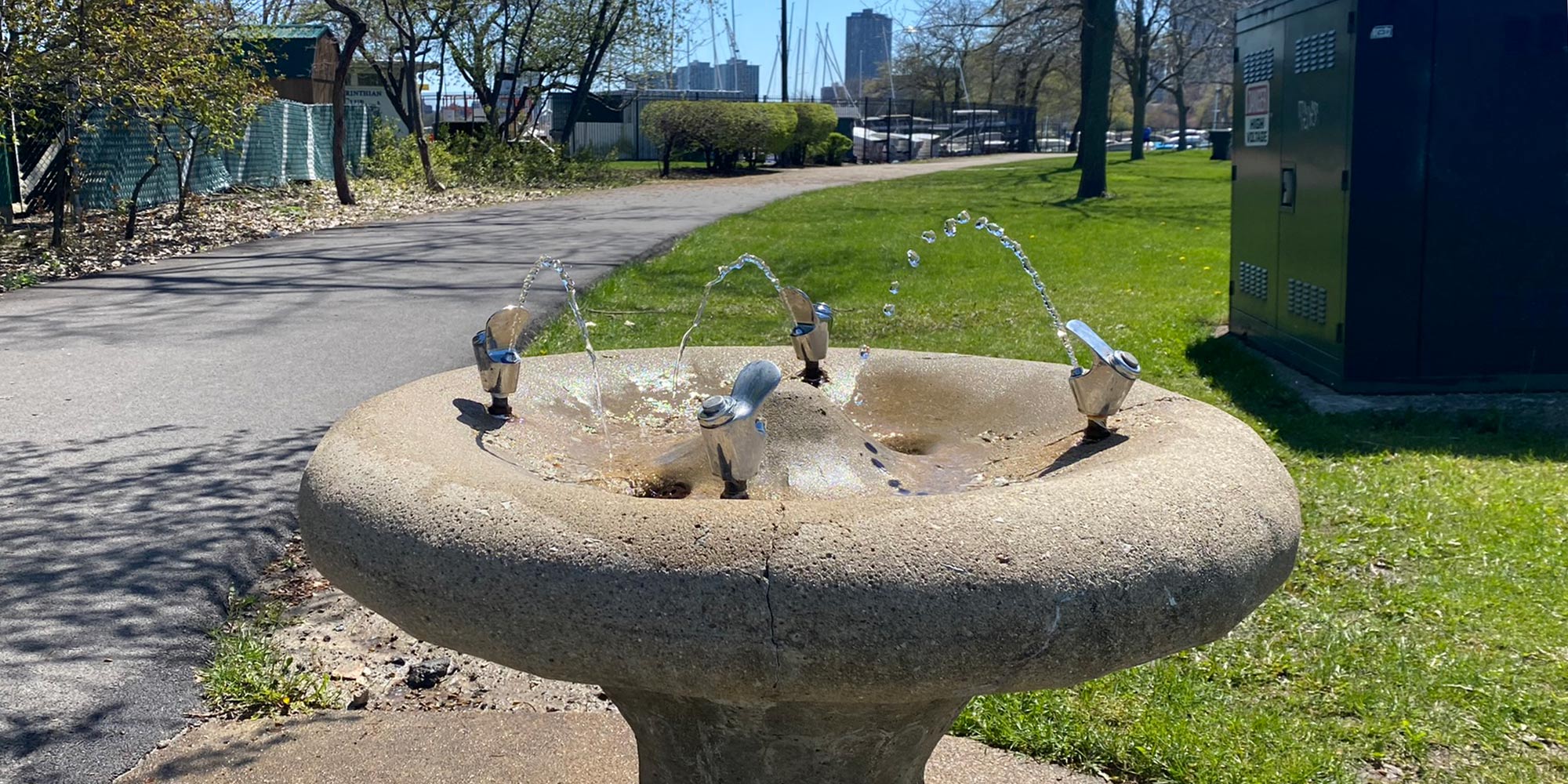Staying hydrated enhances the overall running experience and improves performance. It can improve joint lubrication, recovery, and immunity. Running dehydrated can lead to overheating, cramps, headaches, and side stitches.
General Tips:
- Hydrate the day before a long run or a race. Don’t wait until the day of the run.
- Don’t go to sleep dehydrated. I tend to get a bad, long-lasting headache if I do this.
- After you run a mile or two, drink a good amount of water so you retain it. If you drink a lot of water before you start running you are probably going to have to stop and use the bathroom.
- Drink after a run. It can be hard to remember to do this. Try to make it a habit.
- Hydration is about replacing lost water and electrolytes. Sports drinks, gels, or gummies that contain electrolytes (sodium, calcium, and potassium) are important to replace what you lose through sweat. The gummies or gels are a good option if you are drinking from a water fountain on your run. In rare cases, a runner can suffer from overhydration (hyponatremia) because levels of sodium in the blood are dangerously low.
- Avoid or limit alcohol consumption. It can take days to feel fully hydrated after drinking. Alcohol and running don’t mix well. If you do drink, be strategic about it. If you have a hard week of training scheduled, it’s probably best to completely avoid alcohol.

Hydrating During a Run:
Some runs are going to require hydrating while running. The length that requires water is largely dependent on the weather and how hydrated you are at the start of the run. On a 70 degree day, I wouldn’t run over 6 miles without drinking water or a sports drink.
- I think the best method is to run on a route that has water fountains. This isn’t always an option, but it’s nice because you don’t have to carry any heavy liquids. You can carry gels or gummies to replace electrolytes.
- Another good option is to stop at a convenience store and buy a drink. It’s nice because you have a lot of drink options, and you can use their bathroom if you need to. The downside is that it’s going to cost money, and you have to stop and take a break from your run.
- There are different ways to carry water (or a sports drink) with you on a run: vests, handheld bottles, backpacks, belts, etc. Sometimes this is the only option, but it can be problematic. Water is heavy, the backpack or vest increases sweating, and you’re going to have to wash the bottles or water bladder afterwards. It’s also difficult to bring enough water, especially if it’s a long run and it’s hot outside.
- Running at a track is good because you can bring a drink and you don’t have to carry it. There also might be a water fountain.
- I’ve heard of runners “planting” a drink. That means they’re hiding it somewhere, like in the weeds on a trail. If you are going to do that, put it in the shade in a well-hidden area and use a sealed drink so you know it hasn’t been tampered with.


